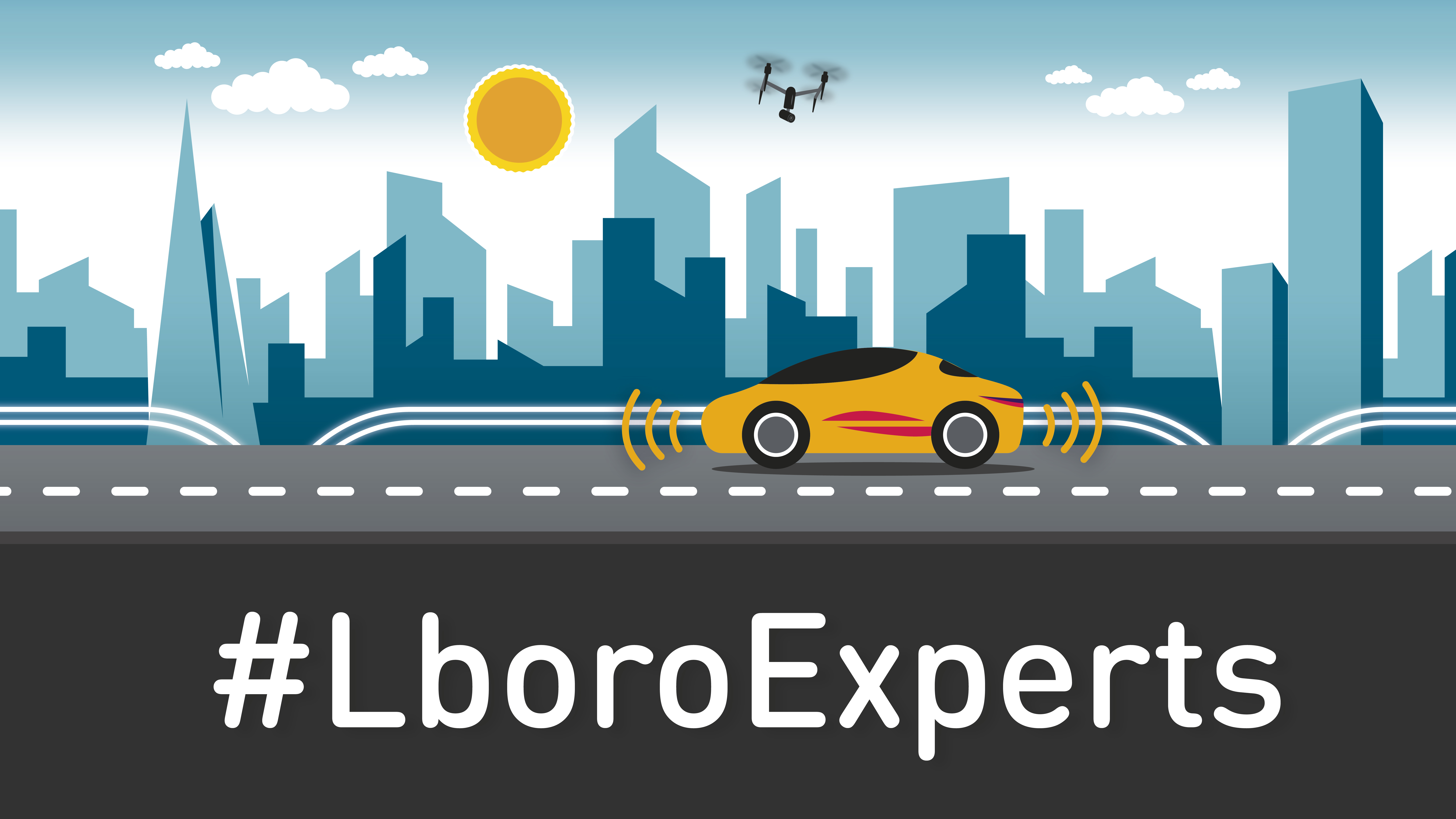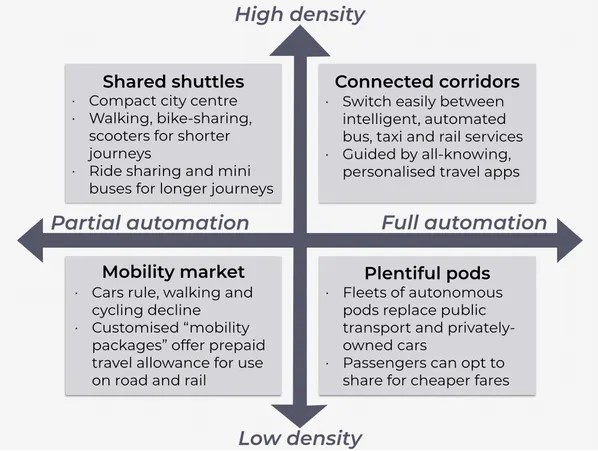7 Nov 2019
Four visions for the future of public transport

The way people get around is starting to change, and as a professor of transport strategy, I do rather wonder if the modes of transport we use today will still be around by the turn of the next century.
Growing up, my favourite book was a children’s encyclopaedia first published in 1953. One double-page spread featured an annotated cityscape, showing all aspects of the built environment – most of which we would still be familiar with now.
The various modes of transport illustrated – trains, buses, lorries, taxis, motorcycles, bikes, pedestrians and private cars – still work together as a system in fundamentally the same ways.
But a whole range of possible (though not inevitable) societal and technological changes could revolutionise how we travel in the coming decades.
These include large-scale responses to the climate change agenda and energy sourcing and security; shifting demographic trends (such as growing numbers of elderly people); the development of the collaborative economy; the growing use of big data; and the apparent inevitability of driverless cars
To examine what future urban transport systems might look like, I recently directed a future-gazing project for New Zealand’s Ministry of Transport exploring how people might be travelling in the year 2045.
I helped develop four scenarios, along two axes of change.
The first axis considered automation – at one end, vehicles are still be driven much like today (partial automation).
At the other, they’re driverless (full automation).
The second axis related to how dense cities could become – one future where the population is more dispersed (like Los Angeles) and another where it is concentrated at a higher density (more like Hong Kong).
With these axes in mind, I generated four possible futures for public transport, which could play out in cities across the world.

Read the full piece by Professor Marcus Enoch, of the School of Architecture, Building and Civil Engineering, in the Conversation, here.















